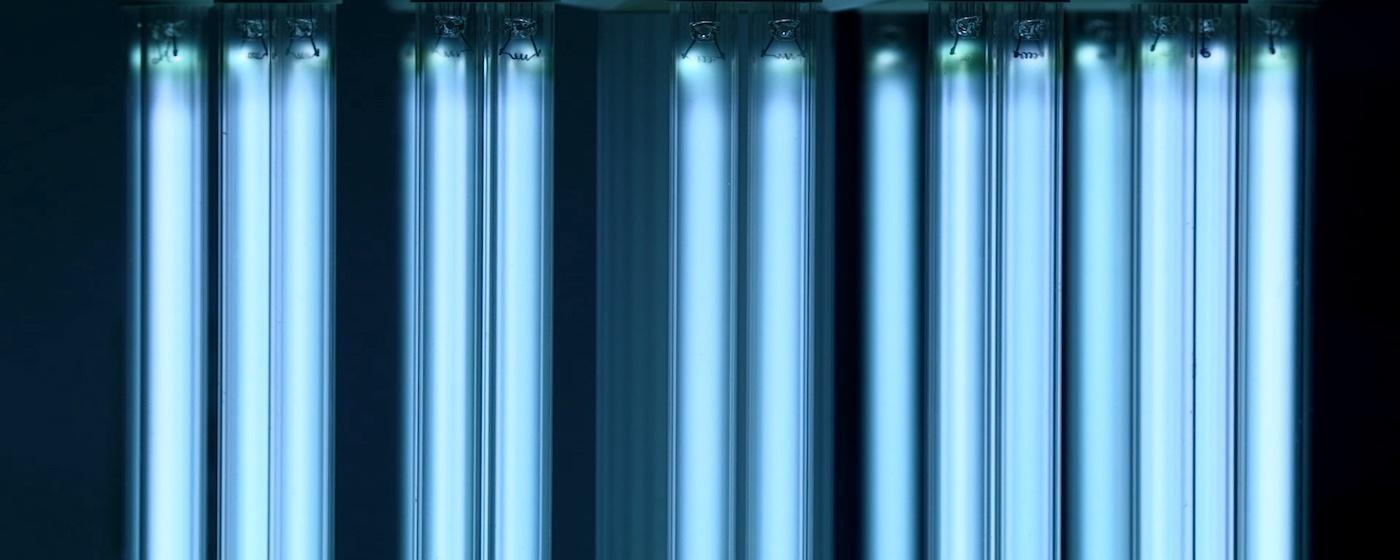North Carolina Startup Fights COVID-19 with UV Light


It’s the same wavelength of light that gives you a suntan, only a LOT more concentrated. And it could play an important role in getting life back to normal in a post COVID-19 world. We’re talking about ultraviolet light. And there is a growing movement to install UV-C light systems into buildings where the rays can’t harm people but can kill organic material such as viruses and bacteria.
UV-A and UV-B light cause sunburns and premature skin aging, and prolonged exposure to both is associated with the development of skin cancer. UV-C light, which has the most energy of all three types, is the most harmful, but it fortunately doesn't reach the Earth's surface because the ozone in the atmosphere absorbs it.
That’s where man-made UC-C systems come in.
Homestead Sage is Raleigh based company that installs UV-C light systems in the air handling systems of large commercial and government buildings. The UV light kills organic material growing on the building’s HVAC system, as well as organics in the air passing through the ductwork, preventing the spread of germs.
“UV is the ideal wavelength for germicidal radiation because it works by destroying the genetic material —either DNA or RNA —of viruses and bacteria,” said Vince DiFrancesco, the owner of Homestead Sage. “Essentially with the organic material disintegrated, the cell can’t replicate so the virus/bacteria can’t spread.”
DiFrancesco says the UV-C light systems kill staph, Ebola, legionella, molds and fungi. Studies are ongoing about its effectiveness on COVID-19 but so far it is promising.
The National Academies of Sciences, Engineering and Medicine reported that ultraviolet light probably can kill the coronavirus. "UV light has been shown to destroy other coronaviruses, so it will probably work on the novel coronavirus," the NASEM website reads.
But there's one huge caveat: "UV light damages human skin, so it should only be used on objects or surfaces," the NASEM continues.
DiFranceso believes the system could be adapted for movie theaters, gymnasiums, and other public spaces.
“Essentially the system could be installed high enough so that it cleans the air but wouldn’t bother anyone,” DiFrancesco adds. “Additionally, shields could be installed to protect people’s eyes.”
The technology has been around for decades. A Duke surgeon, Deryl Hart pioneered the use of UV light in hospital operating rooms in 1936. Duke University, the University of North Carolina at Chapel Hill and North Carolina State University have all done research on using UV light as a disinfectant on a wide variety of surfaces.
To see how a system works, watch this Sci NC story about a UV light system used to disinfect hospital rooms at Duke University hospital.